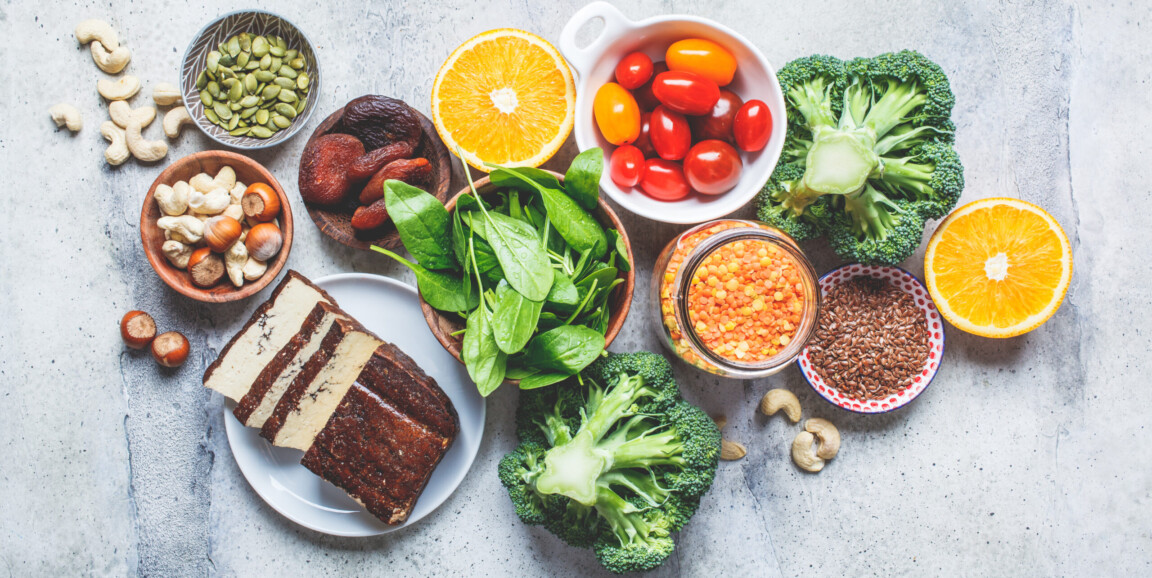Updated April 18, 2022
If you eat a vegan or vegetarian diet, or if you're just aiming to keep your iron levels up, you probably know some of the many vegetables, fruits and grains that are good sources of iron. But did you know that not all iron is the same, and that some foods actually make it harder for your body to absorb iron?
If this is news to you, the folks at Stanford Blood Center have a how-to checklist that will help your body get the most iron out of your diet so you can stay healthy and have enough iron in reserve to donate blood to someone in need.
As the Stanford Blood Center blog explains, there are two types of iron: heme and non-heme. Heme iron is found in animal products and is generally easier for the body to absorb. Non-heme iron in found in vegan foods and is not as easily absorbed.
Iron deficiency anemia occurs when your body doesn't have enough iron to make hemoglobin -- the part of red blood cells that bind and carry oxygen in your blood. As the blog explains, "a vegetarian or vegan diet can make it difficult to keep your iron levels high - but contrary to popular belief, this is because of the type of iron consumed, not simply the amount."
So, what should you eat? Here are some examples of non-meat foods with the highest amount of non-heme iron per serving:
- Whole wheat breads, cereals, pastas, quinoa and oatmeal
- Avocado
- Cooked spinach, asparagus and green beans
- Baked potato
- Avocado
- Nuts
- Beans, legumes, soybeans, tofu and lentils
- Dried apricots, raisins an dates.
Pairing high-iron foods with ingredients that are high in vitamin C will enhance your body's ability to absorb iron. Some examples of nosh that's high in vitamin C are:
- Citrus fruits and citrus juice
- Chard
- Broccoli
- Red or green bell pepper
- Kiwi, strawberries, tomatoes, cantaloupe and papaya
Conversely, some foods can actually hinder your body's ability to absorb iron as well, including:
- Coffee, tea (even decaffeinated) and soda
- Dairy products and calcium supplements
- Foods high in dietary fiber
- Wine and beer
If you still need a bit more iron, you can try iron supplements and even cast iron cookware, which transmits iron to food while it's heating. Fun fact: In 2008, Christopher Charles, PhD, and his colleagues investigated ways to treat iron deficiency anemia in Cambodia by making iron ingots shaped like a fish -- a symbol of luck, health, and happiness in local folklore -- that could be placed in cooking pots as an inexpensive, reusable iron supplement.
Previously: Eating for good blood: Tips for boosting iron levels and hemoglobin
Photo by vaaseenaa




